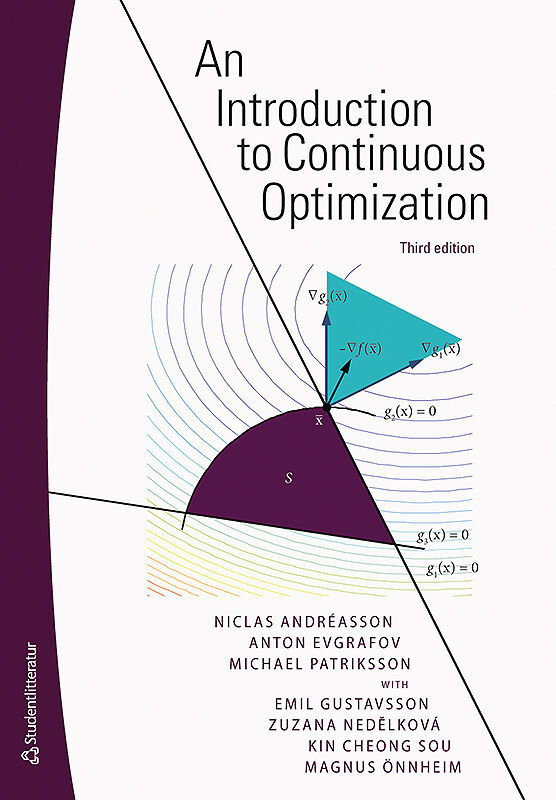
An Introduction to Continuous Optimization
Foundations and Fundamental Algorithms
Skickas följande arbetsdag
Hitta produkten hos våra återförsäljare som levererar utanför Sverige
Information
- Författare:
- Niclas Andréasson Anton Evgrafov Michael Patriksson Emil Gustavsson Zuzana Nedelková Kin Cheong Sou Magnus Önnheim
- Språk:
- Engelska
- ISBN:
- 9789144115290
- Utgivningsår:
- 2005
- Revisionsår:
- 2016
- Artikelnummer:
- 32217-03
- Upplaga:
- Tredje
- Sidantal:
- 508